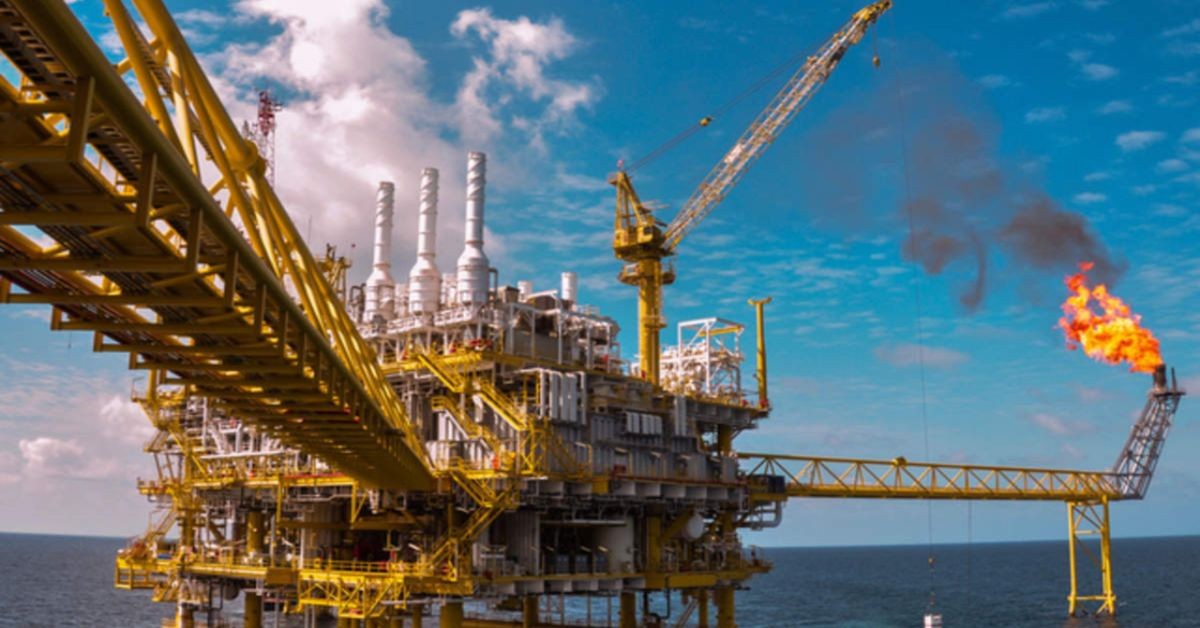Down from a seven-year high or preparing for the next jump?
After that OPEC and its allies, known as OPEC+ did not change their policy and plans to continue increasing the 400b per day/month, as they have been decided last year, WTI tested the new seven-year high, shy under $90.
Right after touching the new seven-year high, missing ADP payrolls numbers changed the market sentiment and overall economic outlook. These data and situations put more pressure on the Oil market, which continued today in the first half as well. Today, we had another reason as well to see the pressure on prices. A more infectious sub-variant of Omicron is increasing the concerns that the disruption to demand may last longer than first thought.
On the other hand, we had both API and EIA reports earlier this week, and both confirmed a decline in the level of US crude oil inventories, while according to the latest National Weather Service report, a cold winter storm going to wallop over most of the central and north states of USA, bringing heavy snow, freezing rain and ice. Therefore we will have more demand for Gas and Oil, while prices had been pushed up by Russia and US tensions.
Therefore, if something serious like fast increasing coronavirus, does not increase the market risk and threaten the demand, we can see the prices at a higher level, and the latest slowdown could be the reason for the profit-taking as well. From the technical point of view and as you can see in the bellow figure, since January 26, Oil created a range between $86 and $87.70, and the next trend needs to find itself above or under these levels. Price currently moves above mail MA lines and Parabolic SAR dots. Technical indicators remain bullish with the next target at $90.


















